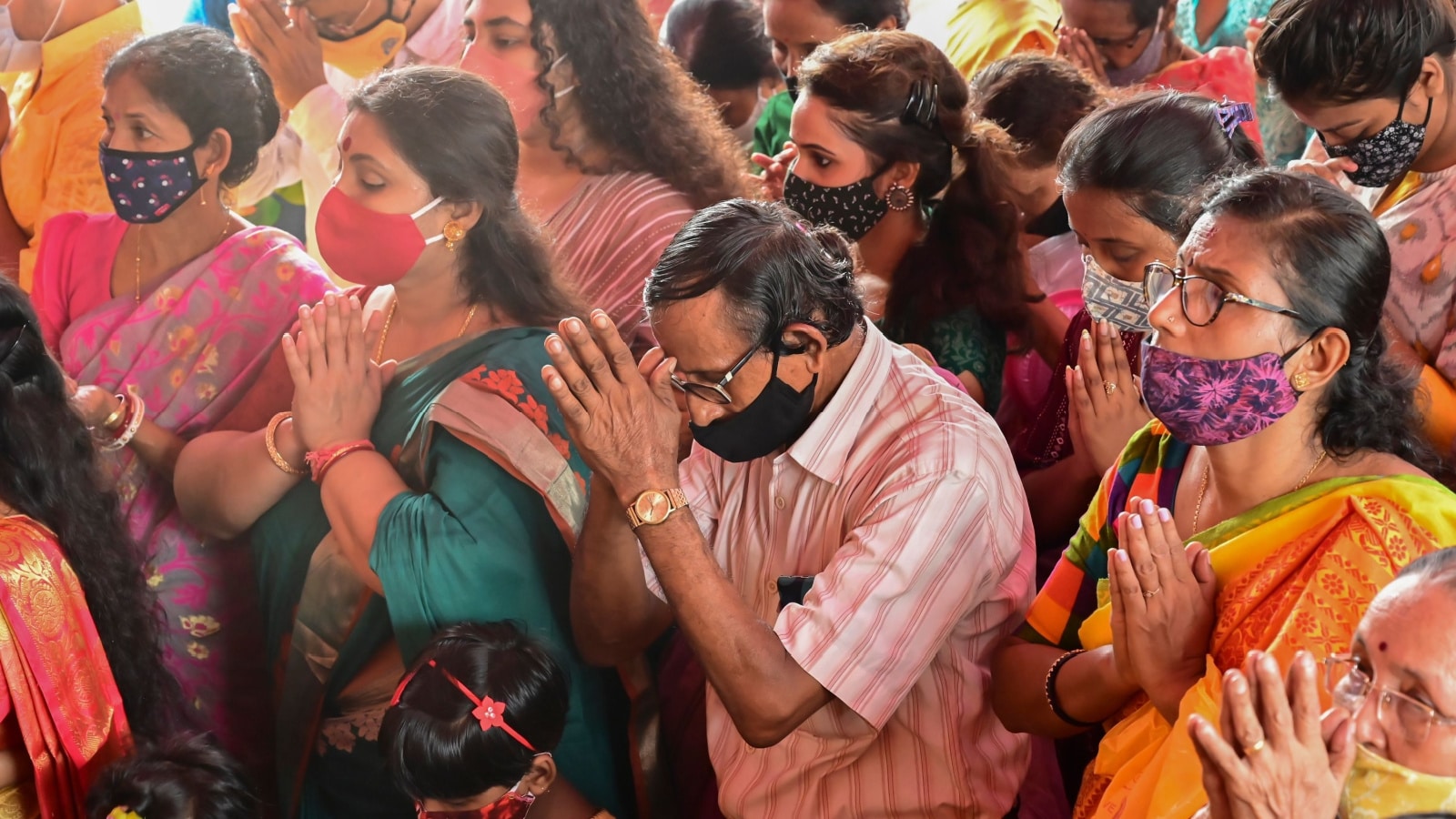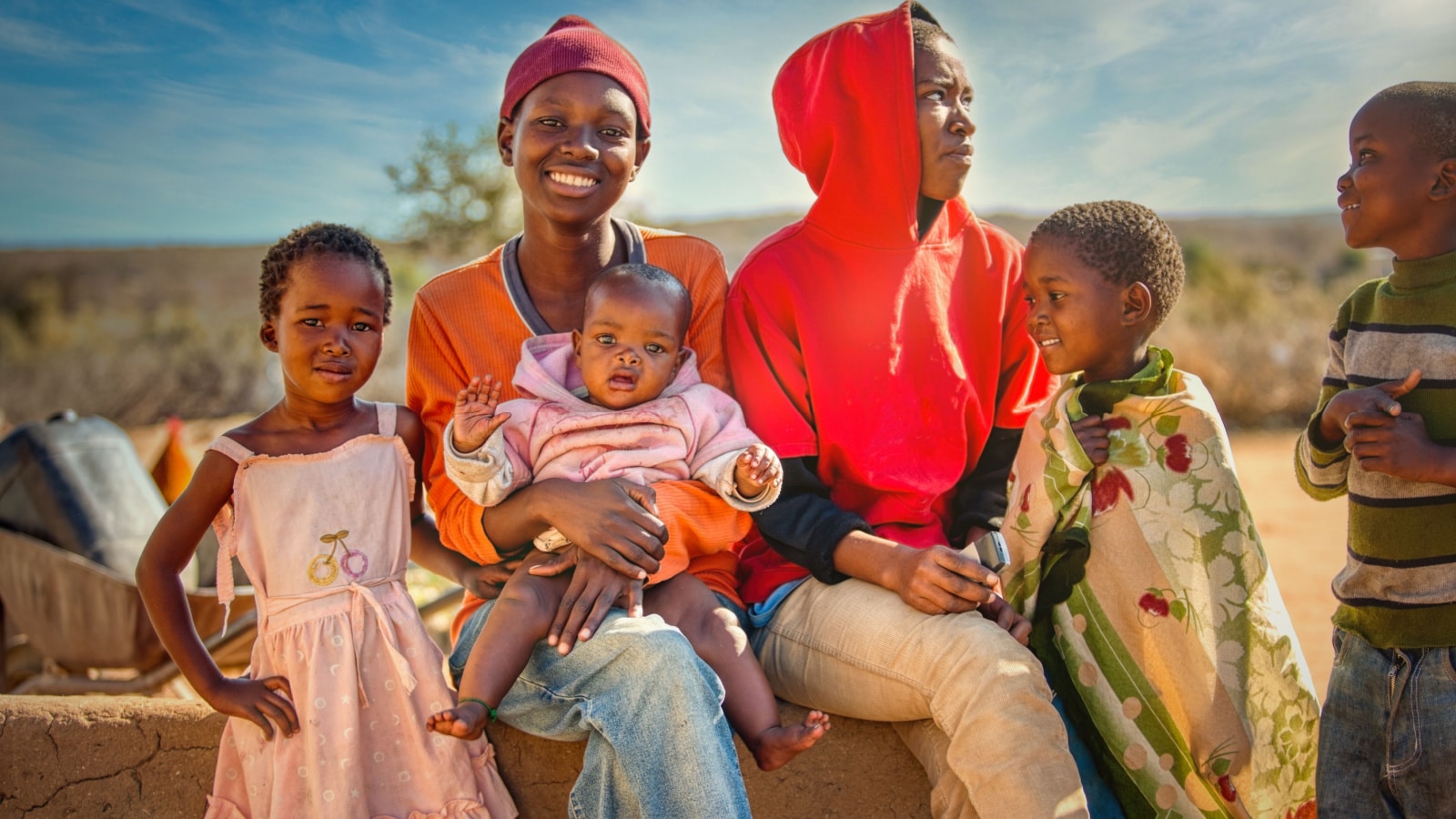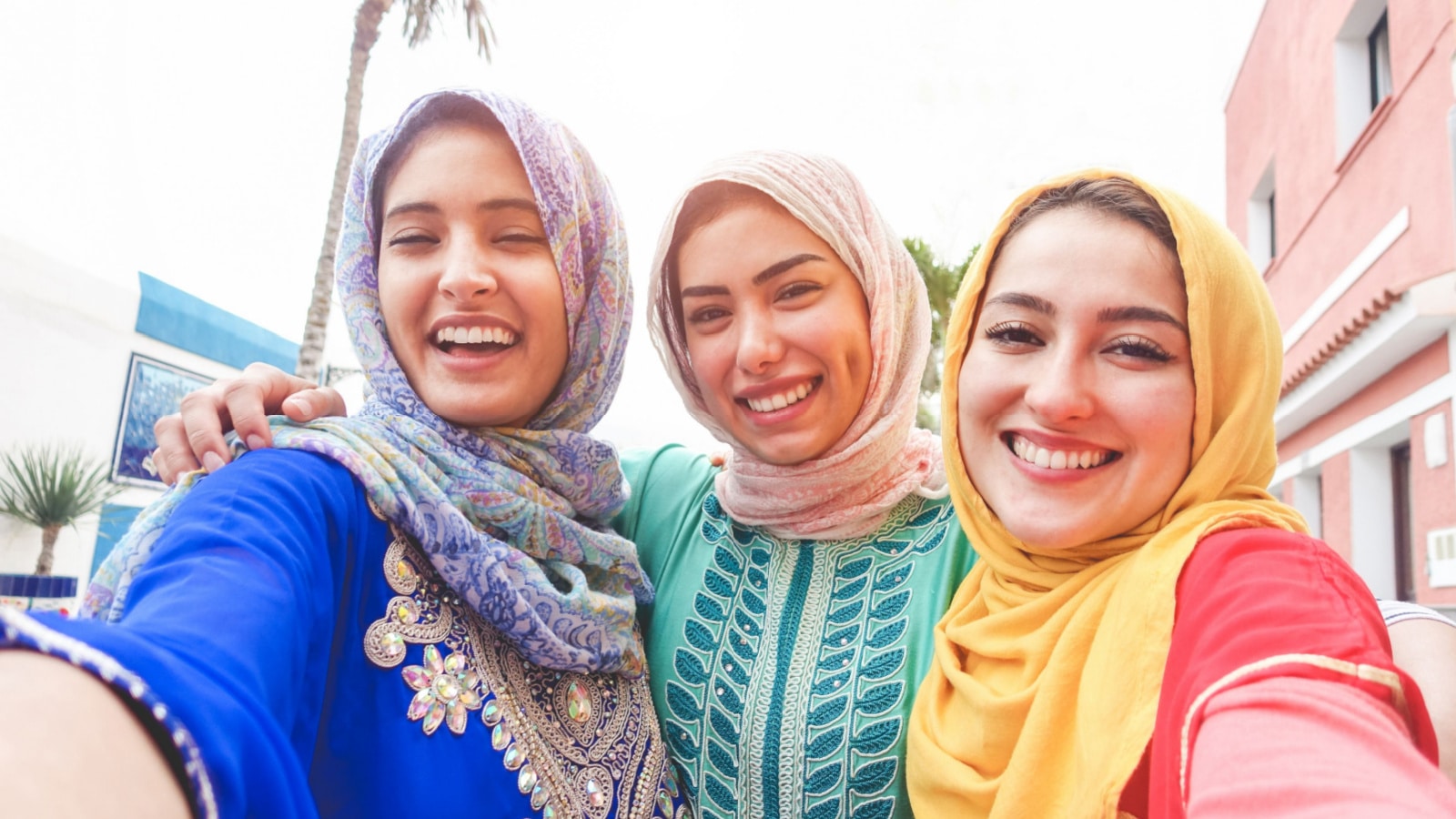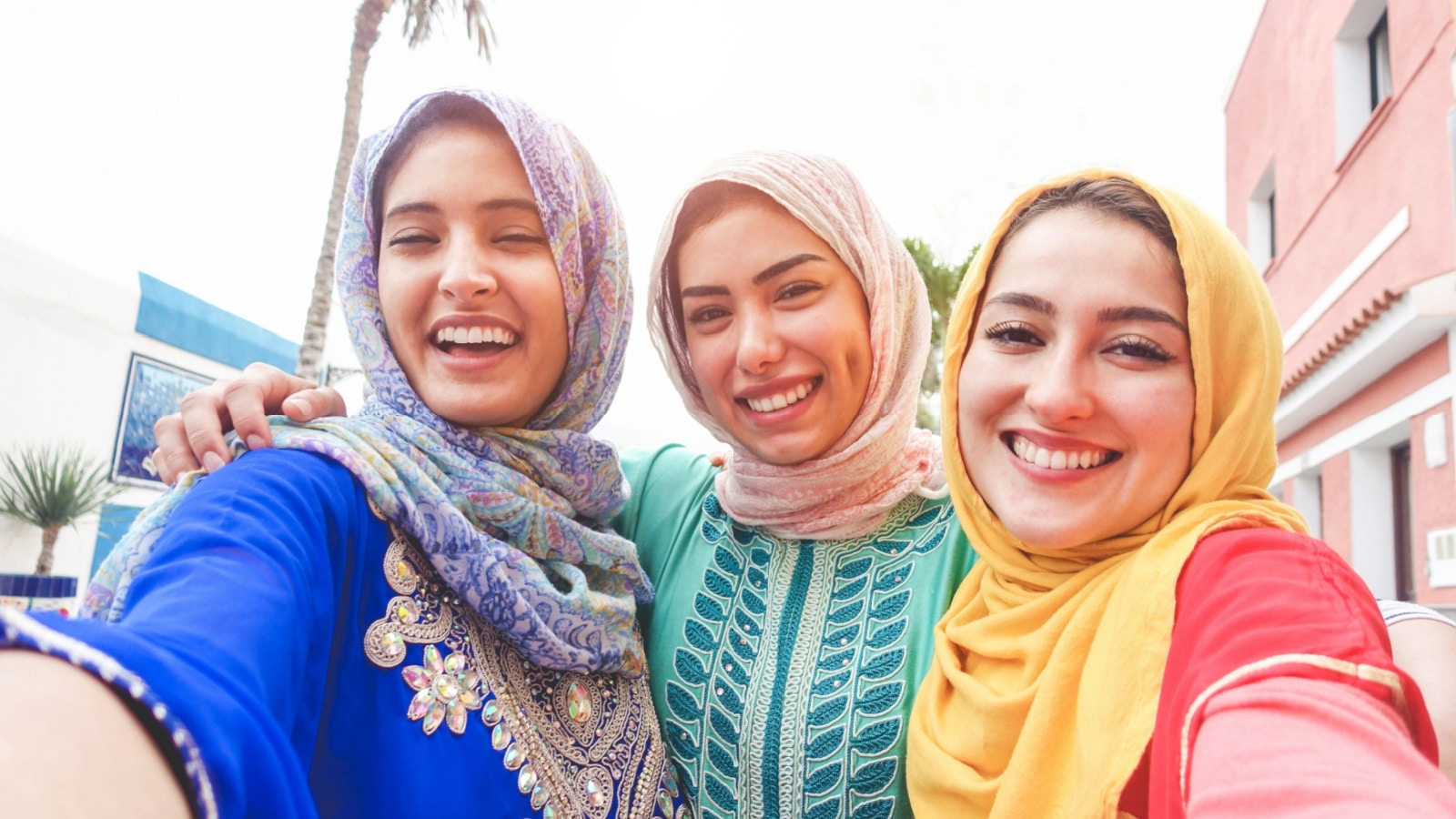The world is filled with wonders, but it’s also paved with misconceptions that often color our perceptions of different regions. In this post, we unravel the truths behind these misconceptions, inviting you to challenge preconceived notions and embrace a deeper understanding. Get ready to be astonished as we shatter stereotypes and reveal the captivating realities that await your discovery
1. All Indians Are Hindu Religion Followers

India is known as the birth of the Hindu religion, and it is the majority religion in the country. However, India is a multi-cultural and multi-religious country. A significant population in India follows Islam, Christianity, Sikh, Buddhism, and other different religions. It is a better understanding of its good and traditional tapers of recognizing India’s religious diversity.
2. All Africans Live In Poverty

Africa, the second largest continent in the world, is often presented as a poverty-stricken continent. Although some regions face economic challenges, it is necessary to recognize the incredible diversity inside Africa. Many African countries have experienced significant development. Stereotyping Africa as universally impoverished ignores the diversity of its nations, perpetuates a one-sided narrative, and fails to acknowledge the progress and successes that many African countries have achieved in recent years.
3. Asians are all Good at Mathematics

The stereotype that all Asians excel in mathematics is overly simplistic and untrue. Just as with any group, individuals within the Asian population possess diverse talents and interests. This stereotype overlooks cultural variations, creates unrealistic pressures, and ignores the influence of education, socioeconomic factors, and personal challenges on an individual’s abilities. It’s important to recognize and celebrate the uniqueness of each person rather than relying on harmful generalizations.
4. Europeans Are All Nutritious and Civilized

Europe is a continent with a rich history and diverse cultures, encompassing a wide range of socioeconomic backgrounds, lifestyles, and dietary habits. Just like any other region, Europe has its variations in terms of health, nutrition, and cultural norms. Stereotyping all Europeans as uniformly nutritious and civilized ignores the diversity of experiences, socioeconomic disparities, and individual choices within the continent. It’s essential to recognize that no group can be accurately characterized by a single trait or attribute.
5. Myth: Latin Americans Are Passionate Dancers

Latin American culture is dynamic and diverse, in which dance is very important in many traditions. However, assume that all Latin American unusual dancers are more than one limit. People in Latin America engage in different activities, and dance is just one aspect of their diverse cultural tapestry.
6. North Americans Are Rich

Economic disparities exist, with many facing poverty, unemployment, and lack of basic needs. Varying costs of living, struggling rural areas, and limited access to quality education and healthcare contribute to these disparities. Immigrant and minority communities also encounter economic barriers. The stereotype overlooks these complexities and fails to acknowledge the wide range of economic challenges faced by individuals and families in North America.
7. Australians Regularly Interact With Crocodiles

One common stereotype is influenced by the “Crocodile” Dundee character, portraying Australians as fearless experts in handling crocodiles. However, not all Australians are wildlife experts, and encounters with crocodiles are not a daily occurrence for most.
Another stereotype suggests Australians are casual and fearless when it comes to crocodiles, often engaging in activities like wrestling them for entertainment. While there have been instances of such behavior, they don’t represent the entire population. Crocodile encounters are typically taken seriously in Australia, and responsible behavior around wildlife is emphasized. It’s important to recognize the diversity of attitudes and experiences among Australians rather than relying on these stereotypes.
8. All the Inhabitants of the Middle East Are Involved in Conflicts or Terrorism

The Middle East’s geographical and political complications have given birth to a misguided belief that all the inhabitants of the Middle East are involved in conflicts or terrorism. However, this region consists of many countries of different cultures and dates. Although some regions can face political instability, the majority of the people of the Middle East are the common people living in peace.
9. Every South American Speaks Spanish

South America is a large continent with diversity. Although Spanish is spoken in many countries, it is not the only language spoken on the continent. Portuguese is the official language of Brazil, and English, Dutch, and local languages are also spoken in different regions.
10. All Russians Love Vodka

The relationship between Russia and excessive vodka consumption is a stereotype that is embedded deeply in popular culture. Although Vodka is culturally significant in Russia, all Russians do not drink it much more. Like in any other country, alcoholic drinks vary among individuals.
Source: Reddit
The 12 Most Annoying Misconceptions About the U.S. That Americans Say Foreigners Need to Drop ASAP

In an increasingly interconnected world, misconceptions about different countries and cultures abound. Regarding the United States, a diverse and vast nation, foreigners often hold certain preconceived notions that can sometimes be far from the truth. On an online platform, Americans share the most annoying misconceptions foreigners have about the U.S.
Read more: The 12 Most Annoying Misconceptions About the U.S. That Americans Say Foreigners Need to Drop ASAP
12 of the Best ‘American’ Foods According to Non-Americans

Unveiling the essence of American cuisine from an outsider’s perspective, these 12 mouthwatering delights showcase the country’s rich and fascinating culinary heritage.
Read more: 12 of the Best ‘American’ Foods According to Non-Americans
10 of the Best Ways Women Invest in Themselves

Today, we’ll unveil the top ten transformative ways in which women can nurture and elevate themselves, creating a life of fulfillment, confidence, and growth. From embracing self-care rituals to pursuing education and entrepreneurship, these invaluable strategies are designed to inspire every woman to embark on a path of personal enrichment and success.





